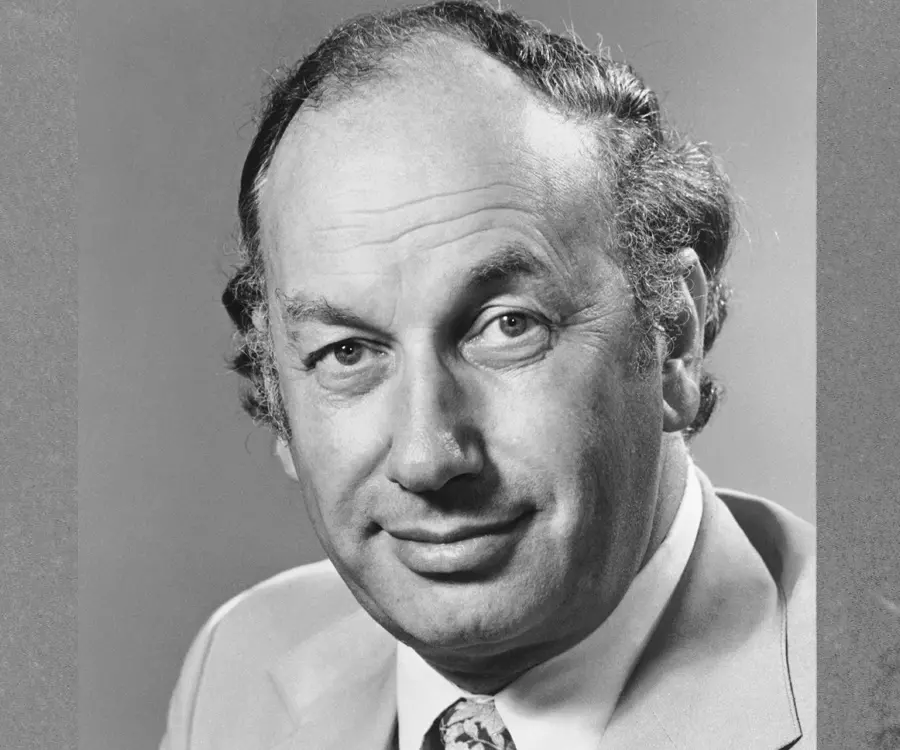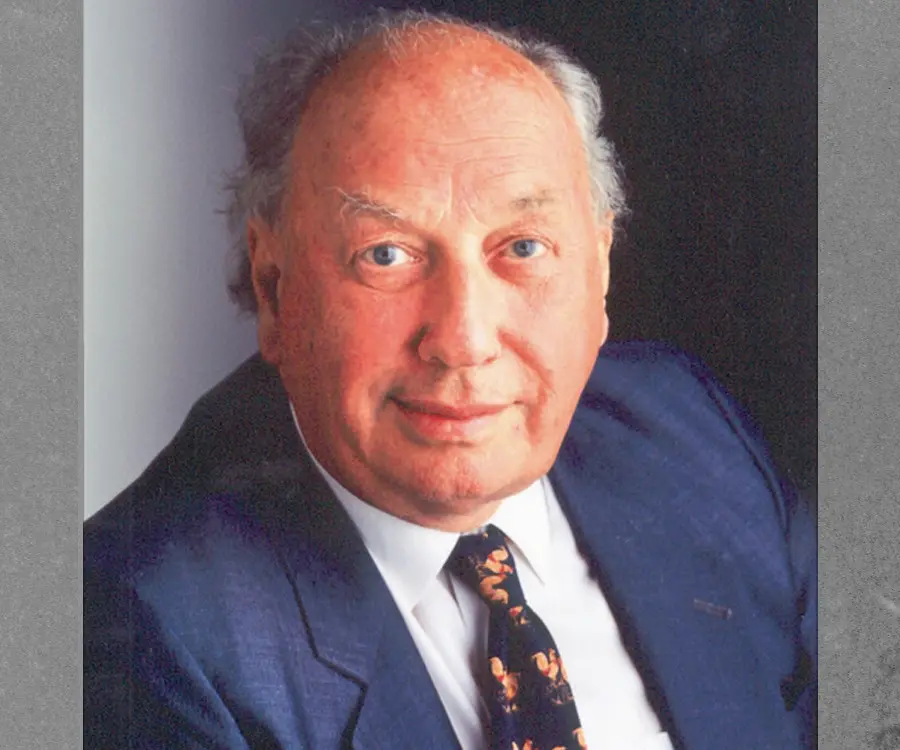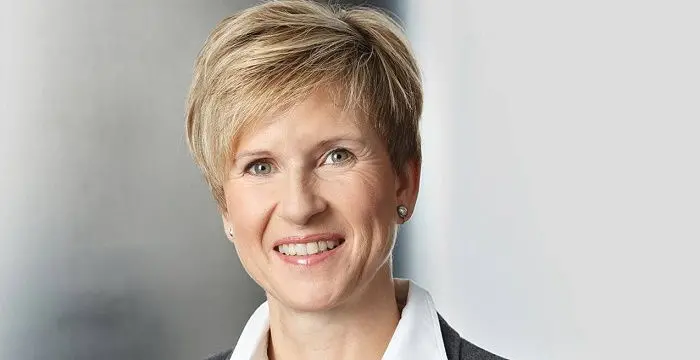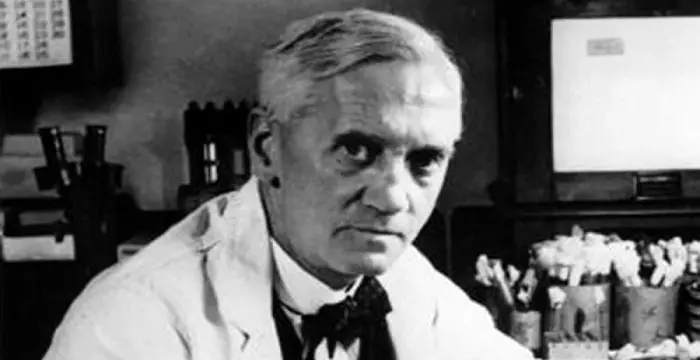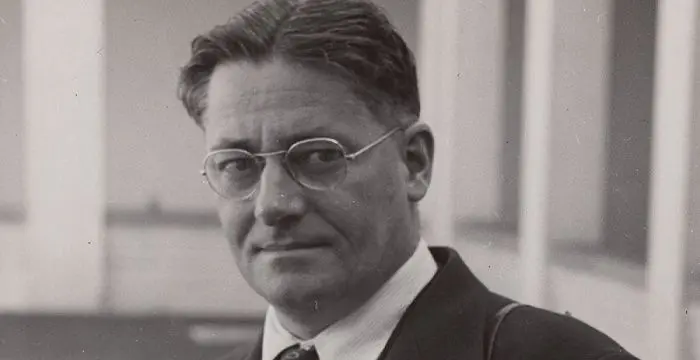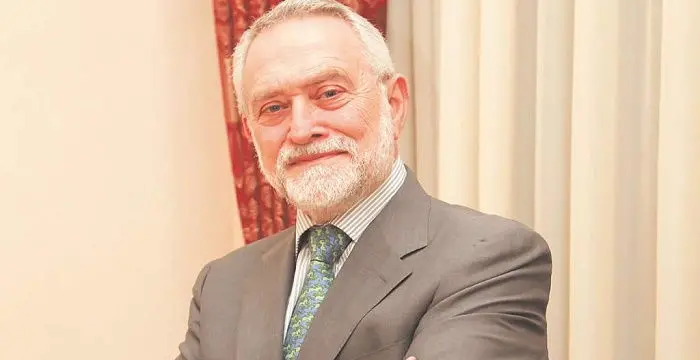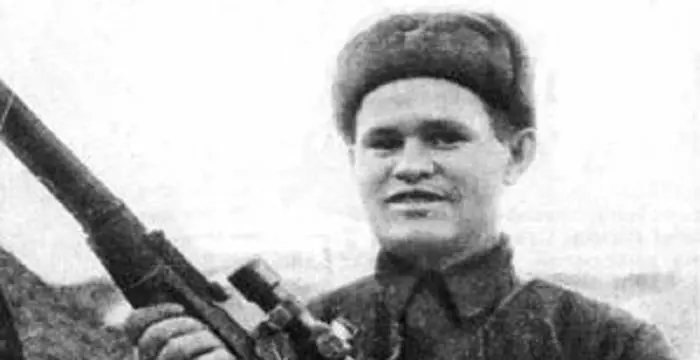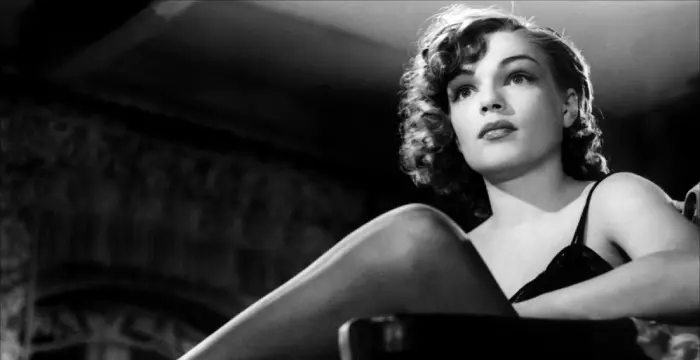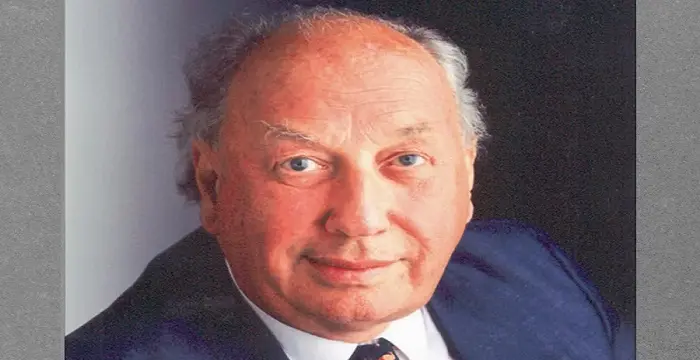
John R. Vane - Scientists, Career and Family
John R. Vane's Personal Details
Sir John Robert Vane was an eminent British pharmacologist of the twentieth century who received the Nobel Prize in Physiology or Medicine in 1982
| Information | Detail |
|---|---|
| Birthday | March 29, 1927 |
| Died on | November 19, 2004 |
| Nationality | British |
| Famous | University Of Birmingham, Scientists, Pharmacologists |
| Spouses | Elizabeth Daphne Page |
| Known as | Sir John Robert Vane |
| Childrens | Miranda, Nicola |
| Universities |
|
| Notable Alumnis |
|
| Birth Place | Tardebigge, Worcestershire |
| Gender | Male |
| Father | Maurice Vane |
| Mother | Frances Vane |
| Sun Sign | Aries |
| Born in | Tardebigge, Worcestershire |
| Famous as | Pharmacologist |
| Died at Age | 77 |
// Famous Scientists
Juliane Koepcke
Juliane Koepcke is a German-Peruvian biologist, who was the lone survivor among the 92 passengers and crew of the ill-fated LANSA Flight 508 that crashed in the Peruvian rainforest on 24 December 1971. Know more about her life in this biography.
Henry Cavendish
Henry Cavendish was a theoretical chemist and physicist, renowned for discovery of hydrogen and calculation of the mass of earth. To know more about his childhood, profile, timeline and career read on
Konstantin Tsiolkovsky
Konstantin Tsiolkovsky was a Russian rocket scientist and a pioneer of astronautics. This biography provides detailed information about his childhood, family, personal life, career, achievements, etc.
John R. Vane's photo
Who is John R. Vane?
Sir John Robert Vane was an eminent British pharmacologist of the twentieth century who received the Nobel Prize in Physiology or Medicine for his work on prostaglandins and the active biological substances that were related with it. He shared the prize with two other scientists, Bengt Samuelsson and Sune Bergstrom. His discovery on the effects of aspirin in relieving pain and inflammation led to new methods of treatment of heart diseases and problems with blood vessels. Though aspirin had been used for many years to relieve pain, nobody understood how it worked. He was the first to discover that aspirin was able to reduce the production of some of the ‘prostaglandins’ which were responsible for creating inflammation, pain and fever in the body. He explained how aspirin prevented blood clotting and strokes and heart attacks. He developed a set of ‘bioassay’ or ‘biological assessment’ techniques to measure the activity of a biological substance in measuring the effect of ‘angiotensin-converting enzymes’. With the help of these techniques he was able to establish a link between ‘prostaglandins’ and aspirin. He was also instrumental in the development of ‘prostacyclin’ which is a key factor in helping the blood vessels remain healthy.
// Famous University Of Birmingham
Susanne Klatten
Susanne Klatten is a businesswoman who is the richest woman in Germany. Check out this biography to know about her birthday, childhood, family life, achievements and fun facts about her.
John Stewart Bell
John Stewart Bell FRS was a famous Physicist of Irish descent. He is famous for developing the ‘Bell’s Theorem’ and also for his work in quantum physics. Know more about his profile, childhood, life and timeline in this biography.
Tim Curry
Tim Curry is an actor and musician whose works have covered various media like theatre, television and films. This biography provides detailed information about his childhood, life, achievements, works & timeline.
Childhood & Early Life
John R. Vane was born in Tardebigg, Worcestershire, England on March 29, 1927. His father, Maurice Vane was a Jewish Russian immigrant, and his mother was Frances Vane who was the daughter of a Worcestershire farmer.
He was the youngest of the three Vane siblings and had an elder sister and an elder brother.
He lived in a Birmingham suburb and attended the local state school there from the age of five.
He then joined the ‘King Edward VI High School’ in Edgbaston in Birmingham which had to be shifted to a site beside the Repton School in the countryside due to the World War II.
After finishing high school with pure science subjects he joined the ‘University of Birmingham’ in 1944 where he studied chemistry. He soon lost interest in chemistry as there was nothing much to experiment on during his university years.
He joined the pharmacology department at the ‘Oxford University’ in 1946 when Professor Maurice Stacey told him that Professor Harold Burns was looking for a young chemist for pharmacological work.
After getting his B.Sc. degree in pharmacology from the ‘Oxford University’, he joined the ‘Sheffield University’ as a ‘research worker in pharmacology’.
Vane stayed at the ‘Sheffield University’ only for a few months and then returned back to the ‘Oxford University’ to study for his D.Phil. He joined the ‘Nuffield Institute for Medical Research’ under Dr. Geoffrey Dawes.
He received the ‘Stothert Research Fellowship’ in 1951 which helped him complete his PhD. in 1953.
Career
In 1953 he moved with his family to Newhaven, Connecticut, United States, to join the ‘Department of Pharmacology’ at the ‘Yale University’ as an ‘Assistant Professor of Pharmacology’ at the invitation of the then Chairman Dr. Arnold Welch.
After staying at the ‘Yale University’ for 2 years, he returned to the UK and joined the ‘Institute of Basic Medical Sciences’ attached to the ‘Royal College of Surgeons of England’ under the ‘University of London’. He started to work there with Professor W. D. M. Paton.
While there, he taught only graduate students and had plenty of time to carry on with his research work. During the 18 years he was with this institute, he became a Senior Lecturer in 1955, a Reader in 1961 and finally a ‘Professor of Experimental Pharmacology’ in 1966.
Under the Chairmanship of Professor G. V. R. Born, an acquaintance from Oxford days, he worked with an active group of researchers and scientist at the department and developed the ‘cascade super-fusion bioassay technique’. This was used to measure instantly and dynamically the ‘vasoactive hormones’ that were released in the blood or in the ‘perfusion fluid’ of organs.
During the mid-1960s he focused his experiments on ‘prostaglandins’ and in 1971 he was able to establish a link between ‘aspirin’ and ‘prostaglandins’.
In 1973 he joined the ‘Wellcome Foundation’ as the ‘Group Research and Development Director’ in spite of opposition from many quarters. He helped many of his colleagues from the ‘Royal College of Surgeons’ to join the ‘Wellcome Foundation’ which grew into the department of ‘Prostaglandin Research’ led by Dr. Salvador Moncada.
Major Works
His book ‘Metabolic Functions of the Lung’ with Y. S. Bakhle was published in 1977.
The book ‘Prostacyclin’ co-authored with Sune K. Bergstrom was published in 1979.
His third book ‘Aspirin and other salicylates’ co-authored with Regina M. Botting came out in 1992.
Awards & Achievements
In 1973 he was made an ‘Honorary Member of the Polish Pharmacological Society’ and also became a ‘Fellow of the Institute of Biology’.
In 1974 he was made a ‘Fellow of the Royal Society’.
He became a ‘Walter C. McKenzie Visiting Professor’ at the ‘University of Alberta’, in Edmonton, Canada in 1977.
He received the ‘Baly Medal’ from the Royal College of Physicians’ and the ‘Albert Lasker Basic Medical Research Award’ in 1977.
Vane was awarded an ‘Honorary Fellowship of the American College of Physicians’ and became a ‘Member of the Royal Academy of Medicine of Belgium’ in 1978.
He was chosen as a ‘Foreign Member of the Royal Netherlands Academy of Arts & Sciences’ and received the ‘Joseph J. Bunim Medal’ from the ‘American Rheumatism Association’ in 1979.
He became a ‘Foreign Member of the Polish Academy of Sciences’ in 1980. He also received the ‘Peter Debye Prize’ from the ‘University of Maastricht, Holland’, the ‘Feldberg Foundation Prize’ and the ‘Ciba Geigy Drew Award’ from the ‘Drew University, USA’ in 1980.
In 1981 he received the ‘Dale Medal’ from the ‘Society of Endocrinology’.
He received the coveted Nobel Prize in 1982.
In 1982 he received an ‘Honorary Fellowship of the Swedish Society of Medical Sciences’ and also became a ‘Foreign Honorary Member of the American Academy of Arts and Sciences, USA’.
He was awarded a ‘Doctor of Science’ by the ‘Aberdeen University’ in 1983.
The ‘Copernicus Academy of Medicine, Cracow’ awarded him a D.Med, Hon. Causa, in 1977. He received a Doctor, Hon Causa from the ‘Rene Descartes University’ in Paris in 1978, a Doctor of Science, Hon. Causa from the ‘Mount Sinai Medical School, City University of New York, USA, in 1980 and a Doctor of Science degree from the ‘Aberdeen University’ in 1983.
He was honored with knighthood in 1984.
Personal Life & Legacy
John R. Vane married Elizabeth Daphne Page in 1948 while he was in Oxford He has two daughters, Nicola and Miranda from this marriage.
John R. Vane died on November 19, 2004 at the ‘Princess Royal Hospital, Kent’ due to pneumonia and complications of hip and leg fractures sustained in May in the same year.
Trivia
John R. Vane started experimenting from the age of 12 with a Bunsen burner attached to the gas stove in his mother’s kitchen but had to shift in the garden when an explosion occurred during an experiment.
// Famous Pharmacologists
Alexander Fleming
Alexander Fleming was a Scottish biologist and pharmacologist who discovered enzyme lysozyme and antibiotic penicillin. This biography of Alexander Fleming profiles his childhood, life, research, discoveries, achievements and timeline.
Howard Florey
Howard Florey was an eminent Australian pathologist who is credited for making penicillin available to the world. With this biography, explore about his childhood, life, achievements and timeline.
Salvador Moncada
Salvador Moncada is a Honduran-British pharmacologist and professor. This biography of Salvador Moncada provides detailed information about his childhood, life, achievements, works & timeline
John R. Vane's awards
| Year | Name | Award |
|---|---|---|
Other | ||
| 0 | Nobel Prize in Physiology or Medicine (1982) | |
| 0 | Royal Medal (1989)Lasker Award (1977) | |
John R. Vane biography timelines
- // 29th Mar 1927John R. Vane was born in Tardebigg, Worcestershire, England on March 29, 1927. His father, Maurice Vane was a Jewish Russian immigrant, and his mother was Frances Vane who was the daughter of a Worcestershire farmer.
- // 1944After finishing high school with pure science subjects he joined the ‘University of Birmingham’ in 1944 where he studied chemistry. He soon lost interest in chemistry as there was nothing much to experiment on during his university years.
- // 1946He joined the pharmacology department at the ‘Oxford University’ in 1946 when Professor Maurice Stacey told him that Professor Harold Burns was looking for a young chemist for pharmacological work.
- // 1948John R. Vane married Elizabeth Daphne Page in 1948 while he was in Oxford He has two daughters, Nicola and Miranda from this marriage.
- // 1951 To 1953He received the ‘Stothert Research Fellowship’ in 1951 which helped him complete his PhD. in 1953.
- // 1953In 1953 he moved with his family to Newhaven, Connecticut, United States, to join the ‘Department of Pharmacology’ at the ‘Yale University’ as an ‘Assistant Professor of Pharmacology’ at the invitation of the then Chairman Dr. Arnold Welch.
- // 1971During the mid-1960s he focused his experiments on ‘prostaglandins’ and in 1971 he was able to establish a link between ‘aspirin’ and ‘prostaglandins’.
- // 1973In 1973 he joined the ‘Wellcome Foundation’ as the ‘Group Research and Development Director’ in spite of opposition from many quarters. He helped many of his colleagues from the ‘Royal College of Surgeons’ to join the ‘Wellcome Foundation’ which grew into the department of ‘Prostaglandin Research’ led by Dr. Salvador Moncada.
- // 1973In 1973 he was made an ‘Honorary Member of the Polish Pharmacological Society’ and also became a ‘Fellow of the Institute of Biology’.
- // 1974In 1974 he was made a ‘Fellow of the Royal Society’.
- // 1977His book ‘Metabolic Functions of the Lung’ with Y. S. Bakhle was published in 1977.
- // 1977He became a ‘Walter C. McKenzie Visiting Professor’ at the ‘University of Alberta’, in Edmonton, Canada in 1977.
- // 1977He received the ‘Baly Medal’ from the Royal College of Physicians’ and the ‘Albert Lasker Basic Medical Research Award’ in 1977.
- // 1978Vane was awarded an ‘Honorary Fellowship of the American College of Physicians’ and became a ‘Member of the Royal Academy of Medicine of Belgium’ in 1978.
- // 1979The book ‘Prostacyclin’ co-authored with Sune K. Bergstrom was published in 1979.
- // 1979He was chosen as a ‘Foreign Member of the Royal Netherlands Academy of Arts & Sciences’ and received the ‘Joseph J. Bunim Medal’ from the ‘American Rheumatism Association’ in 1979.
- // 1980He became a ‘Foreign Member of the Polish Academy of Sciences’ in 1980. He also received the ‘Peter Debye Prize’ from the ‘University of Maastricht, Holland’, the ‘Feldberg Foundation Prize’ and the ‘Ciba Geigy Drew Award’ from the ‘Drew University, USA’ in 1980.
- // 1981In 1981 he received the ‘Dale Medal’ from the ‘Society of Endocrinology’.
- // 1982He received the coveted Nobel Prize in 1982.
- // 1982In 1982 he received an ‘Honorary Fellowship of the Swedish Society of Medical Sciences’ and also became a ‘Foreign Honorary Member of the American Academy of Arts and Sciences, USA’.
- // 1983He was awarded a ‘Doctor of Science’ by the ‘Aberdeen University’ in 1983.
- // 1984He was honored with knighthood in 1984.
- // 1992His third book ‘Aspirin and other salicylates’ co-authored with Regina M. Botting came out in 1992.
- // 19th Nov 2004John R. Vane died on November 19, 2004 at the ‘Princess Royal Hospital, Kent’ due to pneumonia and complications of hip and leg fractures sustained in May in the same year.
// Famous Aries Celebrities peoples
Skai Jackson
Skai Jackson is an American child actress with huge fan following. Find more about her family & personal life, relationships, facts and more.
Shemar Moore
Shemar Moore is a model turned actor best known for his role in the television series ‘The Young and the Restless’. This biography of Shemar Moore provides detailed information about his childhood, life, achievements, works & timeline.
Vasily Zaytsev
Vasily Zatysev was a Russian sniper who served during the World War II. Check out this biography to know about his childhood, family life, achievements and fun facts about him.
Ivey Meeks
Ivey Meeks is an American YouTube star and model. Let’s have a look at her family and personal life including age, date of birth, net worth, boyfriends and fun facts.
Tobi Lerone
Check out all that you wanted to know about Tobi Lerone, the famous YouTube Personality and gamer; his birthday, his family and personal life, his girlfriends, fun trivia facts and more.
Simone Signoret
Simone Signoret was a French actress who became the first French person to win an Academy Award. Check out this biography to know about her childhood, family life, achievements and other facts related to her life.
John R. Vane's FAQ
What is John R. Vane birthday?
John R. Vane was born at 1927-03-29
When was John R. Vane died?
John R. Vane was died at 2004-11-19
Where was John R. Vane died?
John R. Vane was died in Kent
Which age was John R. Vane died?
John R. Vane was died at age 77
Where is John R. Vane's birth place?
John R. Vane was born in Tardebigge, Worcestershire
What is John R. Vane nationalities?
John R. Vane's nationalities is British
Who is John R. Vane spouses?
John R. Vane's spouses is Elizabeth Daphne Page
Who is John R. Vane childrens?
John R. Vane's childrens is Miranda, Nicola
What was John R. Vane universities?
John R. Vane studied at University Of Birmingham, University of Birmingham (BSc), University of Oxford (DPhil)
What was John R. Vane notable alumnis?
John R. Vane's notable alumnis is University Of Birmingham
Who is John R. Vane's father?
John R. Vane's father is Maurice Vane
Who is John R. Vane's mother?
John R. Vane's mother is Frances Vane
What is John R. Vane's sun sign?
John R. Vane is Aries
How famous is John R. Vane?
John R. Vane is famouse as Pharmacologist



